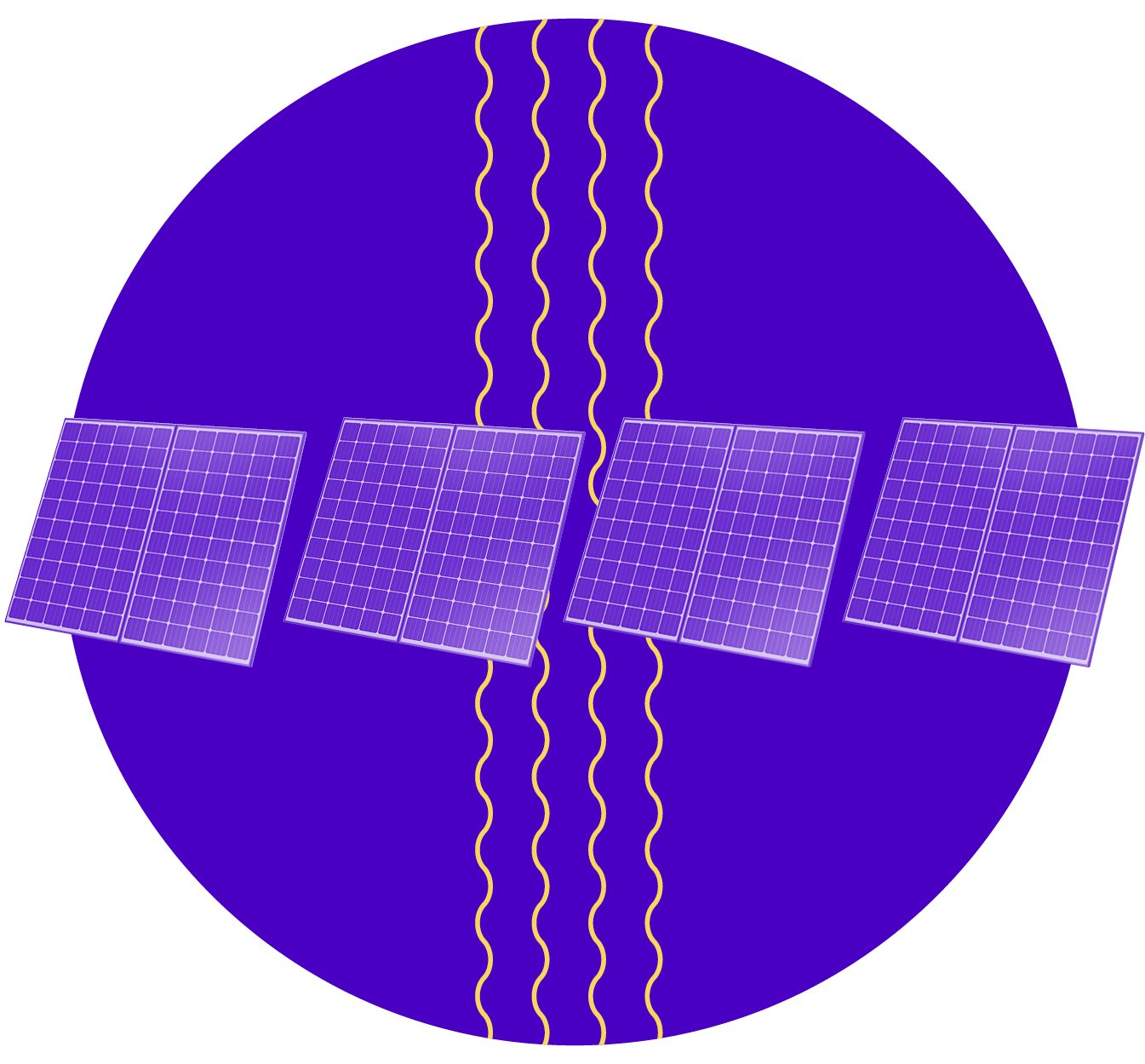Incentives and Costs
Expand each section to learn more
Ownership Model
30%
Of your investment
25D provides households an uncapped 30 percent tax credit for their partial ownership of a community solar project.
Subscription Model
Lower energy bills
Developer tax credit could result in savings
The Section 48 ITC includes “direct pay” for nontaxable entities, which means that nonprofits, co-ops, and local governments will be able to benefit from the tax credit and deploy more community solar.
If you subscribe to a community solar project, you’re ineligible for the consumer-facing 25D tax credit. However, the developer of the community solar project (including utilities, nonprofits, co-ops, and local governments) is eligible for the supplier-facing Section 48 investment tax credit (ITC). Community solar and leased rooftop solar developers may be able to access additional 10% or 20% bonuses for projects located in and serving low-income and energy communities. So even though you can’t get the tax credit directly, the cost of the project will be lower, which will end up reducing your costs and saving you money.
More guidance on these bonuses is still pending from the IRS.
All the details
Expand each section to learn more.
How does it work?
A community solar project is a central solar power plant, whose electricity is purchased by multiple community members. Community solar is also often referred to as roofless solar, solar gardens, or shared solar. Since you don’t need to have a suitable rooftop for solar to participate in a community solar project, it’s a great option for renters and people who live in shared housing.
Community solar projects and programs are typically offered in two formats. In the “ownership model,” participants purchase a portion of a community solar project. When you buy into a community solar project, you’ll get electric bill credits / savings from all of the power produced by the solar panels you own — almost as if they were on your roof. In the “subscription model,” participants subscribe to a solar farm owned by a developer. When you subscribe to a community solar project, you usually start paying a lower price for your electricity.
How does it save me money?
Zero-carbon electricity is simply cheaper than electricity generated by fossil fuels. As a result, community solar participants often save between 5 to 15 percent of their typical electricity bills.
Why is it better for the environment?
Community solar produces no carbon emissions! In most cases, this carbon-free electricity will flow into the utility grid, where it will directly decrease the amount of fossil fuels burned by your utility company.



